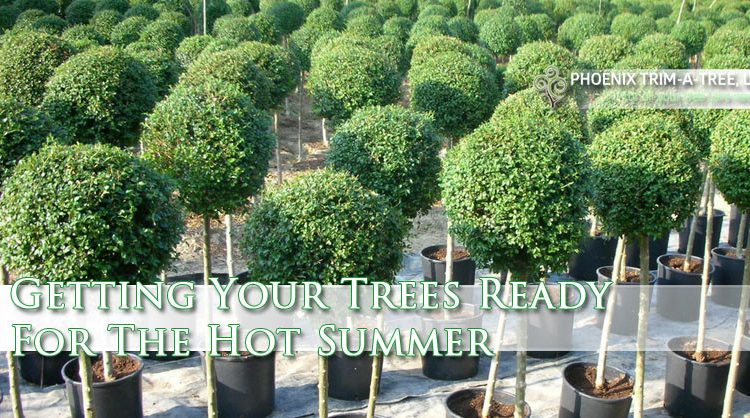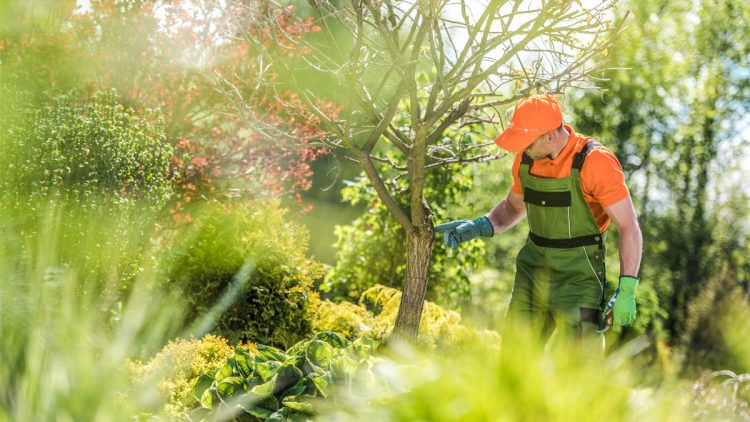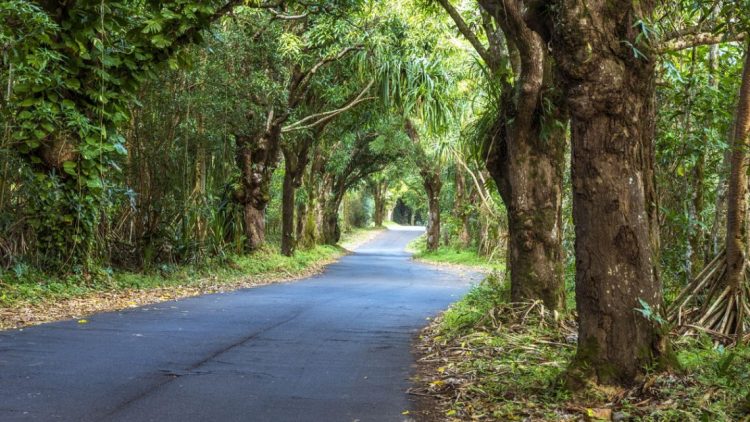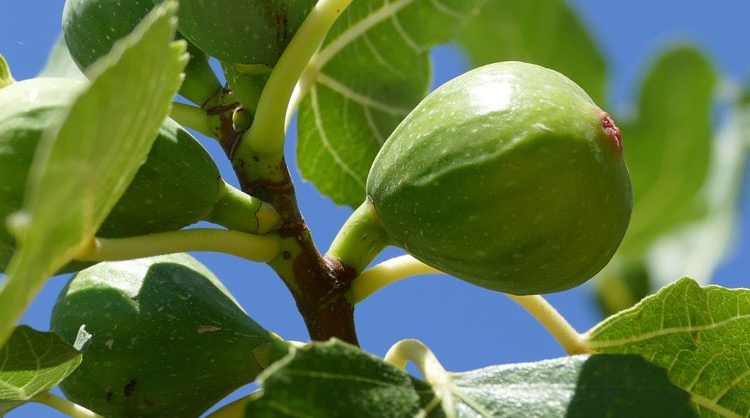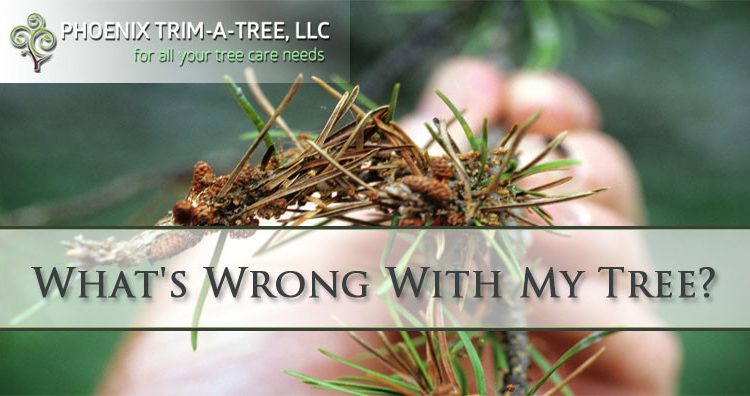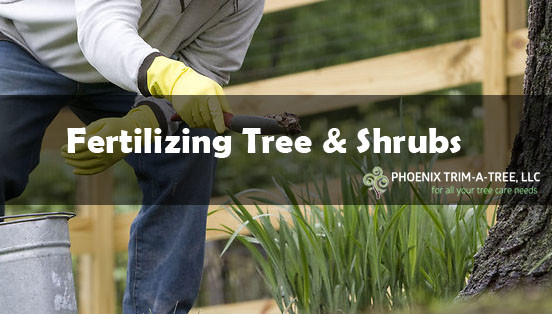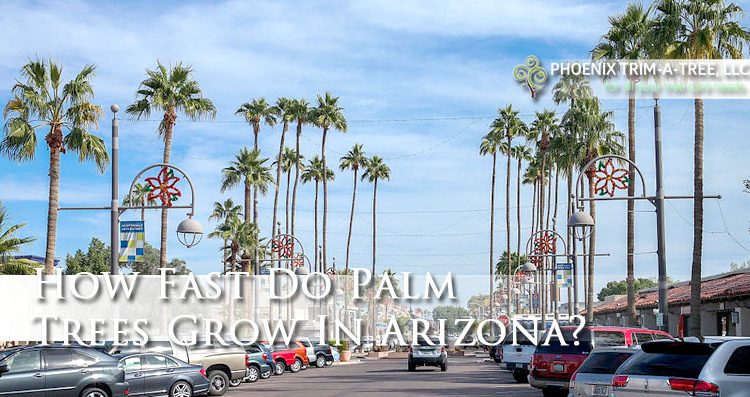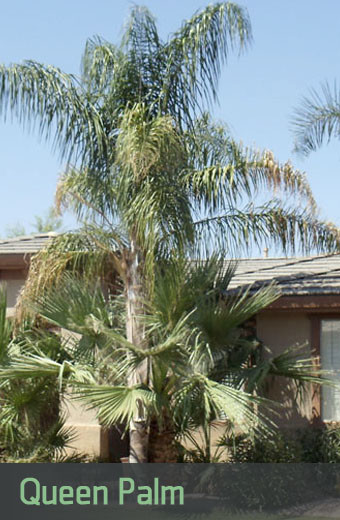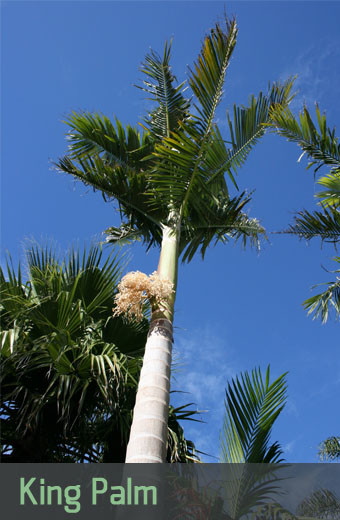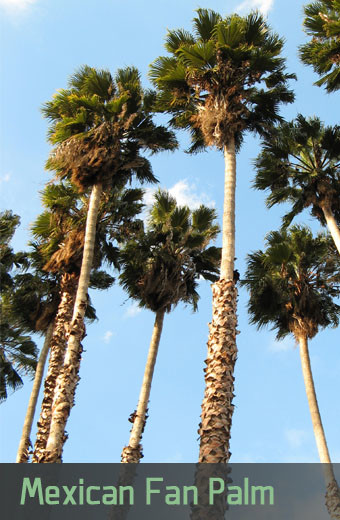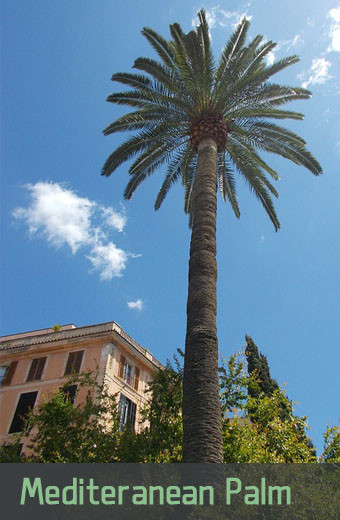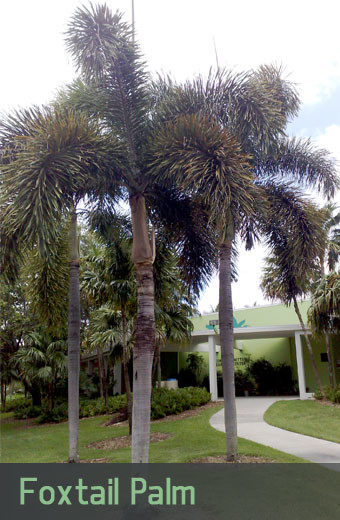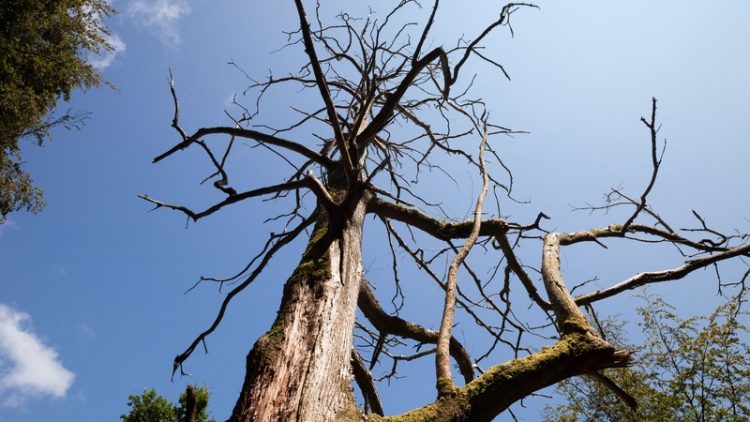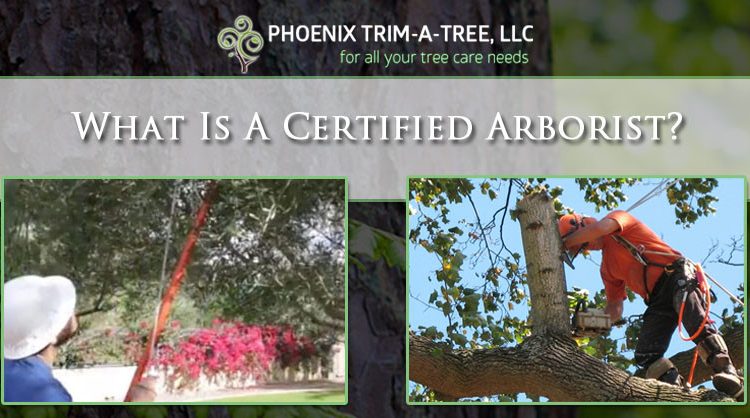Getting Your Trees Ready For The Hot Summer In Phoenix, AZ 2021
GETTING YOUR TREES READY FOR THE HOT SUMMER IN PHOENIX, AZ 2021
GET A FREE ESTIMATE TODAY!
If you are searching for “How To Get Your Trees Ready For Summer In Phoenix, AZ 2021” this is the guide for you. Summer in Arizona is famous for sunny days and intense heat. While we spend the summer staying cool inside with our AC the plants and trees in our landscapes do not enjoy such luxuries. To keep them healthy, strong, and beautiful there are some things to keep in mind.
WHICH TREES TO SELECT
The plant stock you choose should be of great quality and the type of trees you choose should be ones with lower growth amount along the main trunk. It’s very possible that if you choose the right type of trees for summer that you won’t even need guying or staking. When selecting trees at your local nursery it is important to choose drought resistant trees. These select species are better prepared to grow well in the heat of Phoenix. They are more forgiving for when people miss a watering and simply grow better because they are native either to Arizona or similar climates.
WHAT TREES TO AVOID PLANTING
Avoid trees with long trunks like the one you see ones you see in the picture, instead, try trees with shorter trunks or trees that are native to the desert climate of Phoenix. These desert type trees are able to withstand more wind damage and are adapted to the Phoenix soil, the nearby pests and other factors usual in the desert climate of Arizona. It is also good to avoid any trees which will need a lot of water. Forgetting to water these trees will have consequences and they simply do not weather as well as desert trees. Choose options like the Palo Verde Tree, Sissoo Tree, or Tipu Tree which are accustomed to the intense heat of Arizona.
WHERE & HOW TO PLANT TREES
Trees should be planted in groups to add extra protection to the surrounding trees and other plants. The location in your landscape you plant your trees should take into consideration how much sun each species needs. Some types of trees enjoy full sun all day long, others will benefit from having some afternoon shade. Ensure that trees are not planted too close to the house, power lines, or other structures. Try to plan ahead for the full mature size of the tree when choosing a spot so you don’t have to over trim or remove the tree later.
TREE PRUNING
Try not to prune too much after first planting the trees. They need all the energy they can get to ensure positive growth in the future. Do not remove the water sprouts. Look at the picture below. The water sprouts are the super small branches growing on the lower parts of the trunk and branches. These water sprouts are helpful to provide taper and additional strength to support the tree as it increases in weight over time. Water sprouts also help shade and prevent sun damage on the interior branches.
PROFESSION SUMMER TREE CARE
Phoenix Trim-A-Tree is your source for knowledgeable tree preparation for summer and general tree care. We can help take care of all the details to get your trees ready for summer. Our team is passionate about providing top notch tree trimming, tree care, and tree removal for trees which have died or have become unstable. If a tree falls in the woods, no one might hear it, but you will definitely hear it if one falls on your home or in your yard. Take the time to inspect your trees or have our team come and inspect them so you know what should be done to ensure the tree’s health and your safety. If you have questions about how to take care of your trees during the hot summer months or would like us to come take care of the job for you, give us a call!

